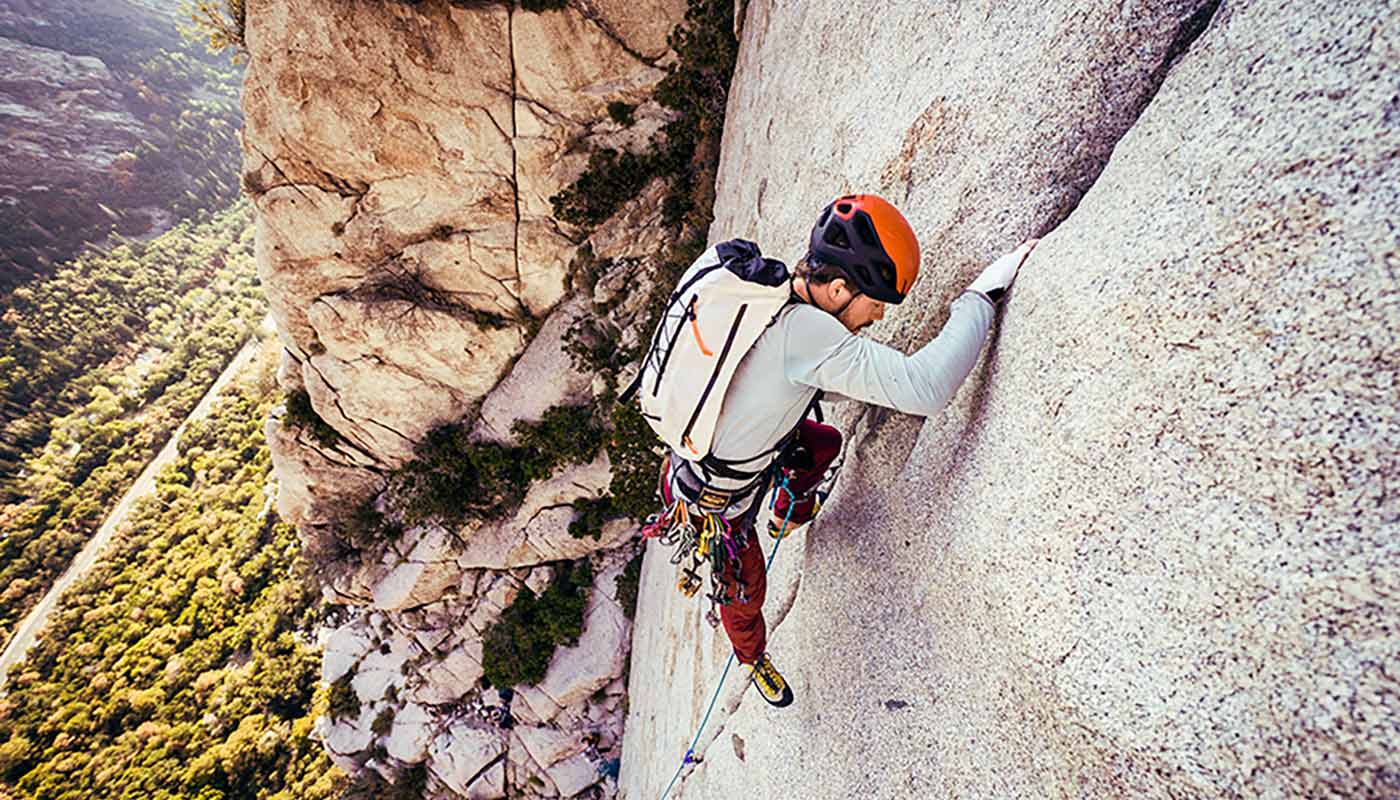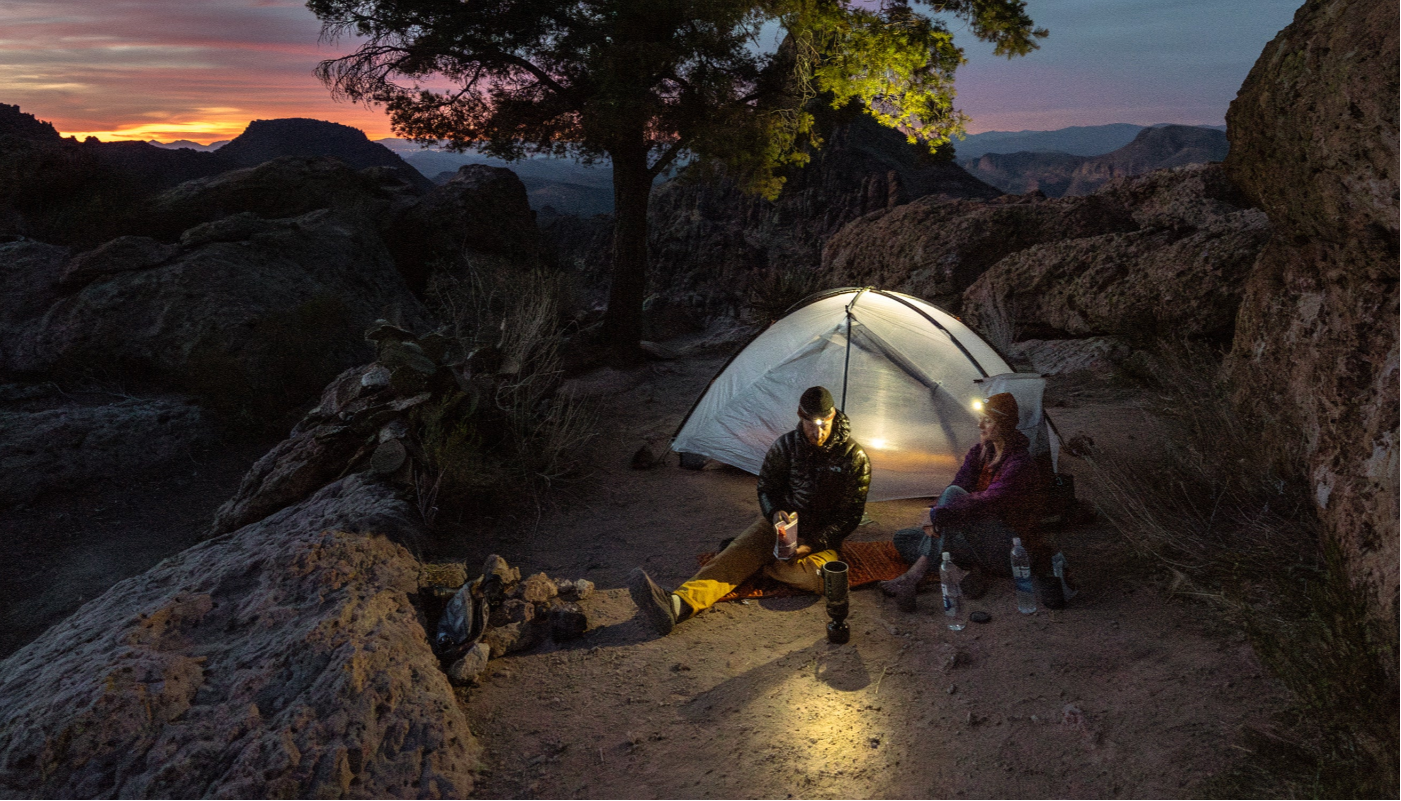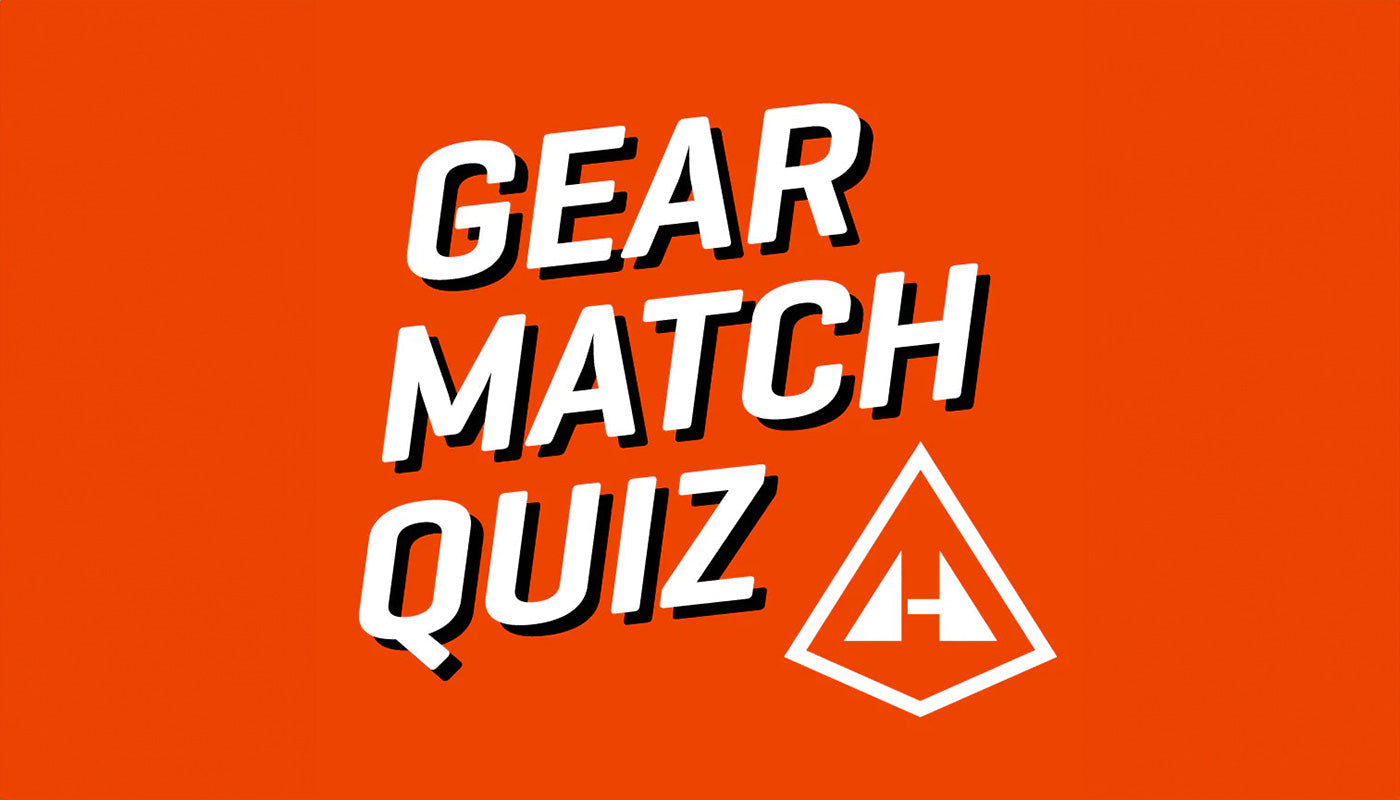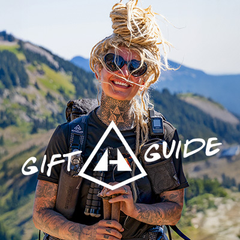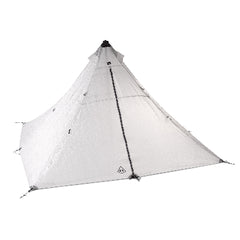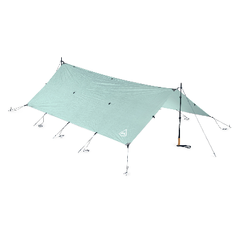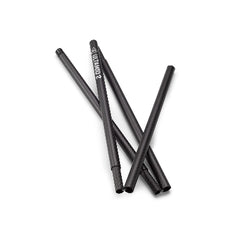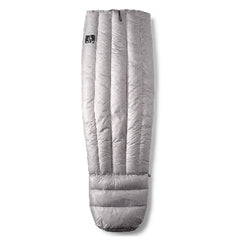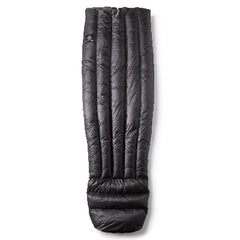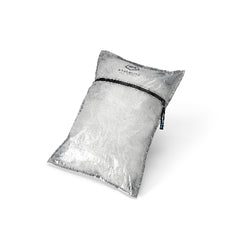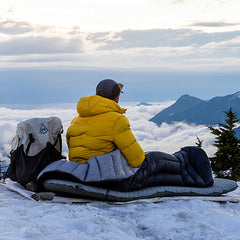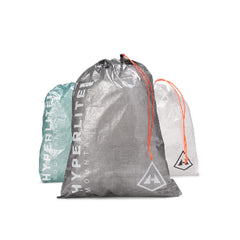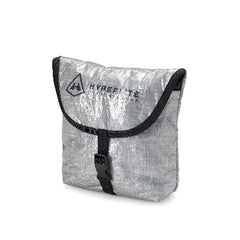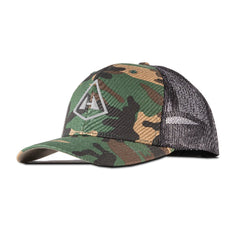Words by Tom Fairbairn, Avient, Photos by Scott Nechemias
In Washington’s Alpine Lake Wilderness, where each mountain pass reveals another shimmering turquoise basin, Scott Nechemias has just lost his footing. He’s a seasoned hiker and tester of outdoor gear, spending 100 nights a year in the wild–but even the most skillful climber can slip on the loose rocky fragments of the region’s many scree slopes.
This particular hillside is two days from the nearest trailhead. In such remote, unforgiving terrain, a torn pack is a world of trouble. But Scott’s not thinking of that. He knows his gear can take a beating.
 After all, he’s wearing the best ultra-lightweight backpack on the market. The Hyperlite Mountain Gear Junction pack, to be precise–freshly upgraded with Dyneema® Woven Composites, the latest composite material made with the world’s strongest fiber™. The Southwest is joined by the Windrider and Junction to complete the upgraded hike-anywhere pack range–Hyperlite Mountain Gear’s biggest refresh in 15 years.
After all, he’s wearing the best ultra-lightweight backpack on the market. The Hyperlite Mountain Gear Junction pack, to be precise–freshly upgraded with Dyneema® Woven Composites, the latest composite material made with the world’s strongest fiber™. The Southwest is joined by the Windrider and Junction to complete the upgraded hike-anywhere pack range–Hyperlite Mountain Gear’s biggest refresh in 15 years.
While the composites found in these packs have been meticulously crafted over two years of intense R&D and rigorous laboratory testing, Hyperlite and Dyneema® both understand that every product must prove itself where it matters most: the wild. So, when Hyperlite gives Scott the chance to test this latest creation, his reply is straight to the point.
“Send it over,” he says. “I’ll see if I can destroy it.”
TANGLE IN THE TREES
Scott’s first test takes him far from any marked route; he prefers to explore the wilder,\ more extensive spaces between trails where he can travel with minimal environmental impact. Trusting in his skills–and his gear–he hops from basin to basin in alpine terrain: climbing up to a pass, down to a lake, and then up to the next pass. “I’ll try to save some elevation gain and loss by contouring the lake basin high to the next pass, he explains. “Moving sideways on a slope is always harder for balance–and for visibility, too. Taking this option means coming across these spiky, dense, vicious, evil conifers. The toughest ones tend to grow on the shaded, north-facing part of the contour.”
Wild forests are always thicker than you think. In fact, this slope is so dense with vegetation that Scott’s feet aren’t even touching the ground; he’s diving under one branch and through another. “Bulldozing through,” is how he puts it. “If I get snagged, I’m not going to turn around and try to free myself. I’ll just keep going. If my pack was made of traditional pack fabrics, I’d be tempted to take it off–or worse, hear it get shredded in the branches. With the new Hyperlite Southwest pack, though, I don’t need to hesitate. That extra confidence allows me to move into more and more aggressive and adventurous mindsets, spaces, and aspirations.”

OVERLOAD AND OVERBOARD
Getting more aggressive and adventurous is the key idea behind Scott’s next testing trip: to Wyoming’s Wind River High Route, which features two 13,000-foot summits, 65 miles of off-trail travel, nine alpine passes, and countless amounts of boulder hopping.
“Hyperlite recommends carrying 25-35 pounds in the pack. Mine was a little heavier,” he smiles. “This trip was a chance to purposefully overload the pack with nine days of food. We finished the route in seven days, but cramming in the extra food improves your chances of success if you hit a thunderstorm in an exposed place and need to stop hiking for an afternoon. It wasn’t easy to get everything in–and I was clearly stressing the seams on the side. Of course, I don’t recommend stuffing the bag to the gills. But in my case, the gear was equal to the task.”
By the end of this adventure, it’s clear what sets the pack apart from previous generations of Hyperlite gear. “The biggest improvement is in abrasion resistance. When the pack’s overloaded and the fabric is tensioned, it’s prone to failure, especially when I’m scraping it across rocks or canyoneering. The same goes for glissading–sliding 500 feet (250 meters) down an icy mountain at 15 miles per hour. All the while, the pack is on the ground, getting dragged along like it’s behind a truck.”
Still, despite facing a whole wilderness’ worth of abrasion, Dyneema® Woven Composites handle the strain. These results underscore what lab tests had already revealed: that the new composite offers up to 10x improved abrasion resistance and 5x better tear resistance than the existing Dyneema® high-performance composite portfolio–not to mention further weight savings of 34%.
It’s no surprise then, that Scott makes it home and dry.

THE COMPLETE PACKAGE
Previous Dyneema® composites, while exceptionally durable, had a tendency to wrinkle over time. “This doesn’t affect performance,” says Scott, “but it does make it look like you’d used your pack. The new fabric is less stiff, so it’s easier to manipulate and doesn’t look as worn. It doesn’t matter to me, but that’s relevant for a lot of people.”
For Scott, a pack’s most important quality is its weight-to-performance ratio – and this is where gear made with Dyneema® truly excels. “No other material is competitive in that respect,” he says. And now, with the development of Dyneema® Woven Composites, a new era of adventure begins.
One of the Hyperlite test packs has become Scott’s primary choice in the 40-liter range and is certain to feature on various adventures in the months and years to come – whether he’s solo hiking, exploring with his wife Jordan, or enjoying the mountain scenery with his two dogs: Cheese and Special Agent Utah.

“I need equipment that allows me to occasionally face plant into a couple hundred yards of Arizona cat claw, bushwhack through temperate rain forests, or wade chest-high through rivers in Oregon slot canyons,” Scott explains. Dyneema® is the key ingredient in gear that can withstand all those challenges. “You can even use Dyneema® to make bearproof storage–the lightest on the market!”
Something to bear in mind when filling your new Hyperlite pack.

